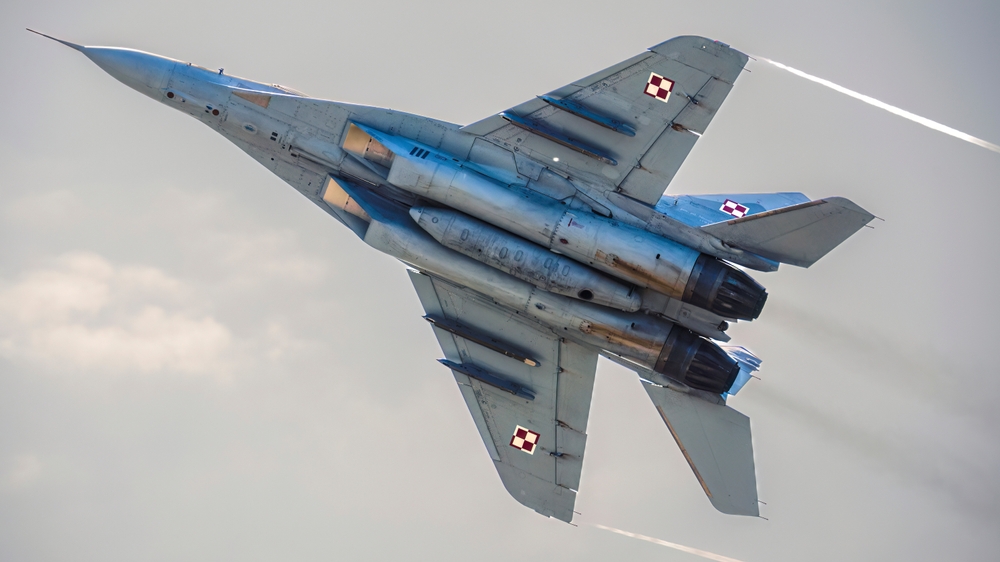Despite being an advanced model, the MiG-35 has struggled to capture interest.
Others are reading now
The MiG-35, an upgraded version of the MiG-29, is facing significant challenges in gaining traction within the Russian military and beyond.
Only 10 Units Produced
Despite being an advanced model, the MiG-35 has struggled to capture interest, with fewer than 10 units produced so far compared to over 1,600 MiG-29s that remain widely used and produced in more than 40 countries, according to Digi24.
The MiG-29, known for its robust performance and cost-effectiveness, continues to dominate due to its well-established infrastructure and operational efficiency.
In contrast, transitioning to the MiG-35 involves substantial investments in production, training, and maintenance, which has made it a less practical choice for many current operators of the MiG-29.
Also read
Development and Productions Problems
Economic factors play a crucial role in this disparity. The MiG-29’s extensive production and logistical support contribute to lower operational costs, making it a more viable option for many air forces.
Additionally, the MiG-29SMT variant, which includes the advanced N010M Zhuk AESA radar, offers impressive capabilities that rival or even surpass the MiG-35’s radar systems, which have faced developmental delays and reliability issues.
The MiG-35 was initially slated to feature the Zhuk-AME radar, but due to numerous development and production problems, it has often been outfitted with less advanced systems. This discrepancy has further hindered the MiG-35’s appeal.
Furthermore, the extended testing period for the MiG-35, driven by evolving military requirements and integration challenges, has delayed its widespread adoption. As a result, the Russian Air Force continues to rely on the MiG-29, which remains a critical component of Russia’s aerial power.

